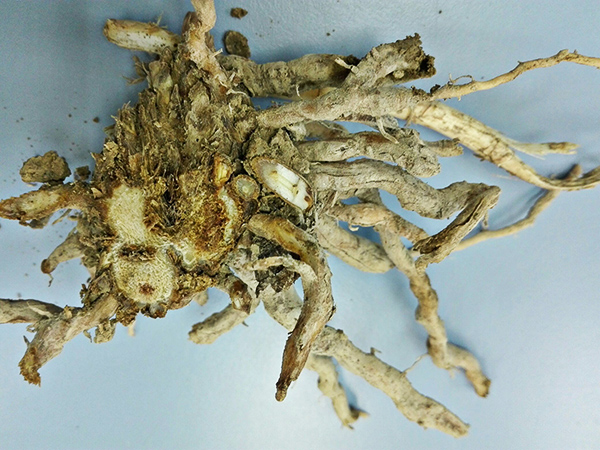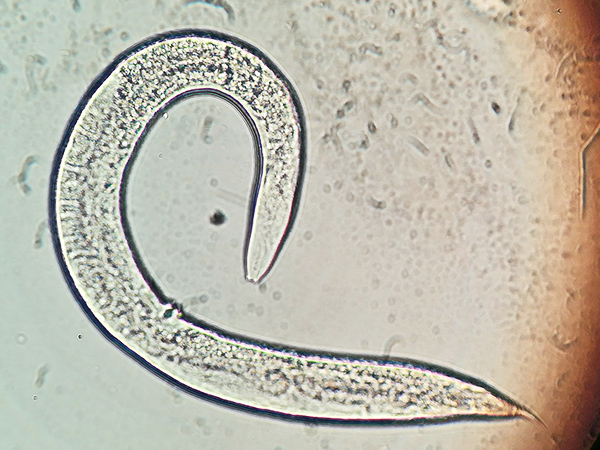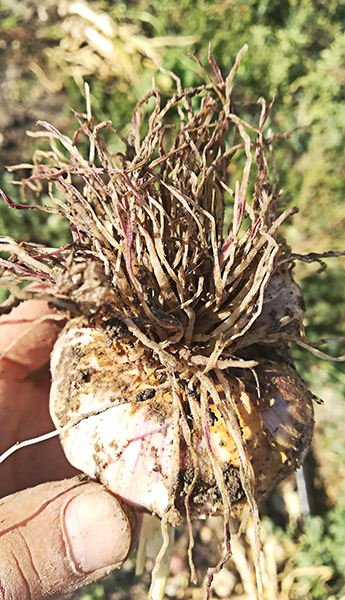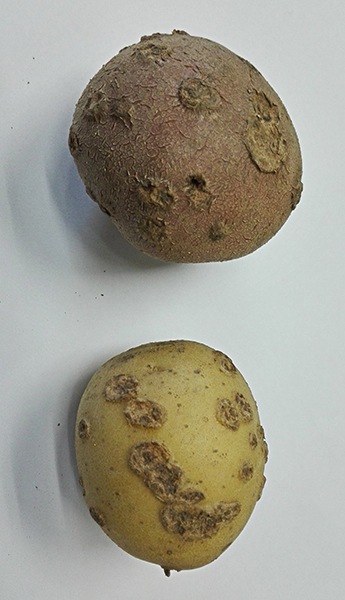‘2020, International Year of Plant Health’
The FAO declaration provides a valuable opportunity to highlight the work of technical specialists in pest and disease management.
February, 2020
DANIEL PALMERO *
Within the framework of a society more and more remote from the rural world, the FAO declaration of 2020 as the International Year of Plant Health appears not to deserve attention. Nothing could be more untrue. It is sufficient to recall the world population increase: more than 7.5 billion human beings already inhabit our planet. However, it is estimated that there will be more than 11 billion people in less than 30 years, and they will need to be fed. Nonetheless, the growing demand for food as the population increases is not the only reason; poverty reduction, environment protection or economic development bust are definite reasons that also support the nomination.
Although our food is 80% plants, farmers deal daily with new pests and diseases that threaten crops. The mandatory reduction of pesticides authorised in the EU is added to the essential sustainability of our production processes. With this view, our farmers are primarily concerned about maintaining their way of life, and they work hard to implement the use of environmentally friendly methods, such as pest and disease integrated management, processes that require a profound knowledge of the productive systems and that allow addressing the plants health while protecting the environment.


Decay of asparagus caused by Stem and bulb nematode
'F. oxysporum f. sp asparagi'. ('Ditylenchus dipsaci').
In this context, the specialist technician’s work is crucial; plant health advisors with specific competence on their agroecosystem reality. Experts who know how to face the new and enormous challenges facing European agriculture are essential. To the occurrence of emerging diseases or refreshed virulence (e.g. the recent detection of the threatened Xylella fastidiosa or the tomato brown rugose fruit virus, tobamovirus, ToBRFV) other pathologies and pests are
already known. However, there is no available an effective control method for them, and besides their management requires an interdisciplinary vision that avoids the massive losses they cause.
Phytosanitary treatment is complex. In many cases, pesticide control is not enough and technicians must combine the knowledge of the pathogen and pest biology with the latest techniques developed to manage the phytosanitary procedure. They must be aware of the plant-pathogen interaction and comprehend how to use biological control agents, pheromones or traps together with other cutting-edge biotechnological tools, such as those that interfere with infection through post-transcriptional gene silencing, the molecules that act as effectors of defence induced from the plants themselves, or pest insects sterilisation, to take just one example.
The nomination of the International Year of Plant Health will be a chance to emphasise both the professionalization of the industry and the image of the phytosanitary advisor. We rely on highly educated technicians in cooperatives, integrated production groups and associations for farm integrated treatments in our country. They are in charge of transferring knowledge from labs and universities throughout the country to the producer sector. Accordingly, the work undertaken in regional research institutes and public research organisations, such as the ‘CSIC’ or the ‘INIA’, is, along with universities, are the basis for launching this applied research. The ‘Specialized Group on Detection, Diagnosis and Identification’ of the ‘Spanish Society of Phytopathology’ joins the ongoing daily efforts that have helped to the early detection of new threats to our crops. All of them cover dozens of research groups and labs whose work, recognised internationally, has led to a significant step forward the development of control and eradication strategies for multiple pathologies.


Pink root rot Potato scab caused by the bacterium
('Setophoma terrestris'). 'Streptomices scabies'.
Another critical pillar is European legislation. It is essential in terms of plant health and meets the needs of the industry, highlighting the early detection importance and the mandatory of quarantine pest eradication. Protocol and tool harmonisation in the field of plant health, such as the phytosanitary passport, is another crucial issue, which will have a standard format for the EU transfer and will allow rapid decision-making when plant traceability information is available.
Very considerable progress in the professionalization of this industry has been made in recent years, thanks, among other things, to the image of the integrated pest management advisor and the field notebooks. Although today antibiotics or fungicides administration require a vet’s guidelines, (and, of course, the same applies to human health), anyone can buy a pesticide on a commercial area and use it without minimum of application safety knowledge, dosage or safety deadlines. There is still a long way to be on a level with the image of phytosanitary advisor to that of other health professionals; to make society aware of that need is likely to be this year.
The need for specialisation is derived from complexity; future technicians are today students. Teachers also have our share of responsibility in universities throughout the whole of Spain. We must be capable of emphasising plant health importance and train technicians demanded by society and the producer industry so that regardless of the take on the specific professional attributions, our students can face a complicated and changing reality like the one European farming will meet in the coming years.
* Daniel Palmero, the author of the photographs illustrated in this text, is a University lecturer in the Department of Agricultural Production and a researcher, Head of the Sustainable Plant Production and Protection Systems group.
This article was published in the February 2020 issue of 'Savia', the ETSIAAB’s Bulletin.

